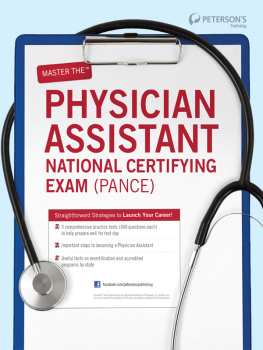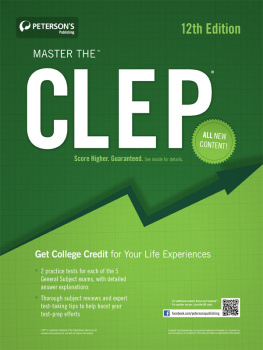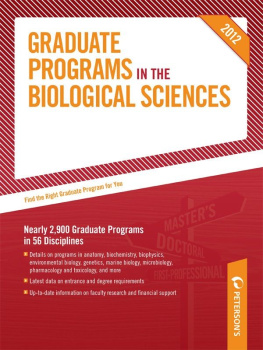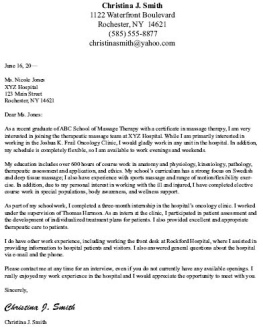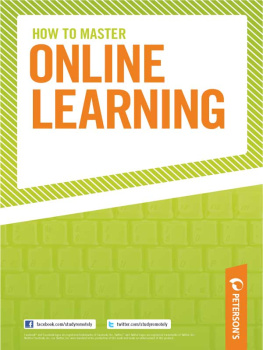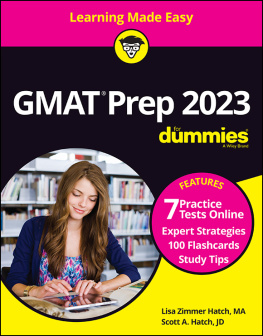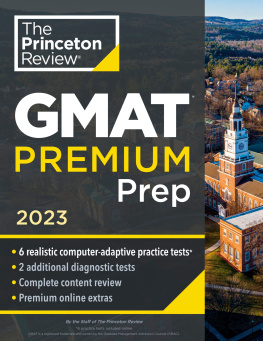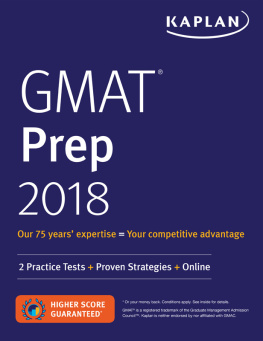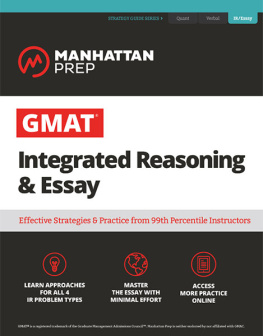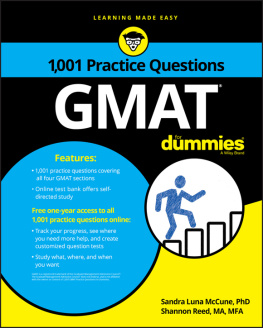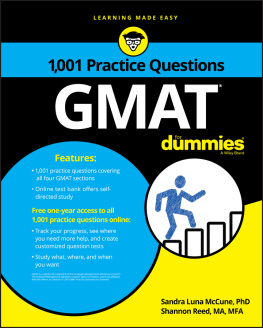Petersons
Master the
GMAT
2015


About Petersons Publishing
Petersons provides the accurate, dependable, high-quality education content and guidance you need to succeed. No matter where you are on your academic or professional path, you can rely on Petersons print and digital publications for the most up-to-date education exploration data, expert test-prep tools, and top-notch career success resourceseverything you need to achieve your goals.
Credits
The American Renaissance, by James S. Turner, Humanities , Vol.13, No. 2 (March/April 1992). Published by The National Endowment for the Humanities.
Arnolds Double-Sided Culture, by John P. Farrell, Humanities , Vol. 12, No. 3 (May/June1991), pp. 2630. Published by The National Endowment for the Humanities.
The Artful Encounter, by Richard Wendorf, Humanities , Vol. 14, No. 4 (July/August 1993), pp. 912. Published by The National Endowment for the Humanities.
I Am Christina Rossetti, by Antony H. Harrison, Humanities , Vol. 14, No. 4 (July/August 1993), pp. 3337. Published by The National Endowment for the Humanities.
Large Format Expands Little Buddha , by Bob Fisher, American Cinematographer , Vol. 75, No. 5 (May 1994), p. 41. Reprinted by permission of American Cinematographer .
Planetary Resources/Asteroid Mining. All Things Considered. National Public Radio, April 24, 2012. Efrati Amir. A Quixotic Quest to Mine Asteroids. Wall Street Journal 4121-22, 2012.
Contributors: Carol Domblewski, Practical Strategies, LLC
GMAT is a registered trademark of the Graduate Management Admission Council TM . The Graduate Admission Council TM does not endorse, and is not affiliated with, the content of Petersons Master the GMAT . This book does not contain actual GMAT test items.
For more information, contact Petersons, 3 Columbia Circle, Suite 205, Albany, NY 12203; 800-338-3282 Ext. 54229;
or find us online at www.petersonsbooks.com.
2014 Petersons, a Nelnet company
Previous editions 1980, 1986, 1990, 1992, 1993, 1994, 1997, 2001, 2002, 2003, 2004, 2005, 2006, 2007, 2008, 2009, 2010,
2011, 2012, 2013
ALL RIGHTS RESERVED. No part of this work covered by the copyright herein may be reproduced or used in any form or by any meansgraphic, electronic, or mechanical, including photocopying, recording, taping, Web distribution, or information storage and retrieval systemswithout the prior written permission of the publisher.
For permission to use material from this text or product, complete the Permission Request Form at
http://www.petersonspublishing.com/spa/permissions.aspx.
ISBN: 978-0-7689-3934-7
Twenty-first Edition
PUBLISHING UPDATES
Check out our website at www.petersonspublishing.com/publishingupdates to see if there is any new information regarding the test and any revisions or corrections to the content of this book. Weve made sure the information in this book is accurate and up-to-date; however, the test format or content may have changed since the time of publication.
Contents
Part I:
Part II:
Part III:
Part IV:
The 3-Step Plan for Graphics Interpretation and
Table Analysis Questions
Part V:
Whenand When Notto Work Backward from
Numerical Answer Choices
Part VI:
Keys to Successful GMAT Reading Comprehension:
Advanced Techniques
Part VII:
Part VIII:
A
B
C
D
2. When and How Do You Want to Pursue Your
Advanced Business Degree?
3. Where Do You Want to Pursue Your Advanced
Business Degree?
E
Before You Begin
HOW THIS BOOK IS ORGANIZED
Taking the GMAT is a skill. It shares some aspects with other endeavors, such as competing in athletics. It requires discipline and practice to succeed.
These are skills that can be improved through coaching, but ultimately, improvement also requires practice. This book gives you both.
Top 10 Strategies to Raise Your Score lists the ten most important test-taking tips to help you score high on the GMAT.
Part I provides essential information on the GMAT, including where to take it and how its scored. Youll also learn what subjects are covered and what traps to watch out for. This part of the book also shows you each test section and each basic type of question up close; weve provided examples of each type of question (along with explanations), so you can get a good initial feel for the overall test.
Part II is a complete Diagnostic Test that includes all four sections: Analytical Writing, Integrated Reasoning, Quantitative, and Verbal sections. This will give you your first chance to work with samples of GMAT question types. Use the results of this test to determine where you need to focus your GMAT preparation.
Parts III through VI make up the coaching program. This part of the book analyzes each section of the GMATAnalytical Writing, Integrated Reasoning, Quantitative, and Verbaland provides powerful test-taking strategies, both basic and advanced, for successfully attacking every question type youll encounter in the actual exam.
Part VII consists of five full-length practice tests with detailed answer explanations for each question. Each test contains the same number and mix of question types you will encounter on the actual GMAT. The answer explanations are invaluable for helping you learn from your mistakes. To accurately measure your performance, be sure to adhere strictly to the stated time limits for each section.
The Appendixes provide resources for GMAT preparation, help you calculate your GMAT score, offer articles on graduate business degrees, and provide a handy vocabulary list to help you prepare for the Verbal section of the GMAT.
Because the actual GMAT is computerized, youll be entering answers on the actual exam by typing on a keyboard or using a mouse. Some parts of the exam, such as the Analytical Writing section, require you to type sentences and paragraphs. The other three sections require that you fill in the answer by typing a whole number in a box, checking off boxes in a grid using the computer mouse, or filling in blanks in a sentence with your mouse by dragging and dropping your chosen answer choices to the blanks. Obviously, answering in this fashion isnt possible in a book. To remain consistent with the actual exam, however, weve retained references to clicking, typing, or dragging and dropping the answers.
SPECIAL STUDY FEATURES
Petersons Master the GMAT is designed to be as user-friendly as it is complete. To this end, it includes several features to make your preparation more efficient.
Overview
Each chapter begins with a bulleted overview listing the topics covered in the chapter. This will allow you to quickly target the areas in which you are most interested.
Summing It Up
Each chapter ends with a point-by-point summary that reviews the most important items in the chapter. The summaries offer a convenient way to review key points.
Bonus Information
As you work your way through the book, look for bonus information and advice in the margins of the pages. Information is in the following forms:
Note
Notes highlight need-to-know information about the GMAT, whether its details about registration and scoring or the structure of a question type.
Tip
Tips provide valuable strategies and insider information to help you score your best on the GMAT.
Alert
Alerts do just what they sayalert you to common pitfalls and misconceptions you might face or hear regarding the GMAT.


